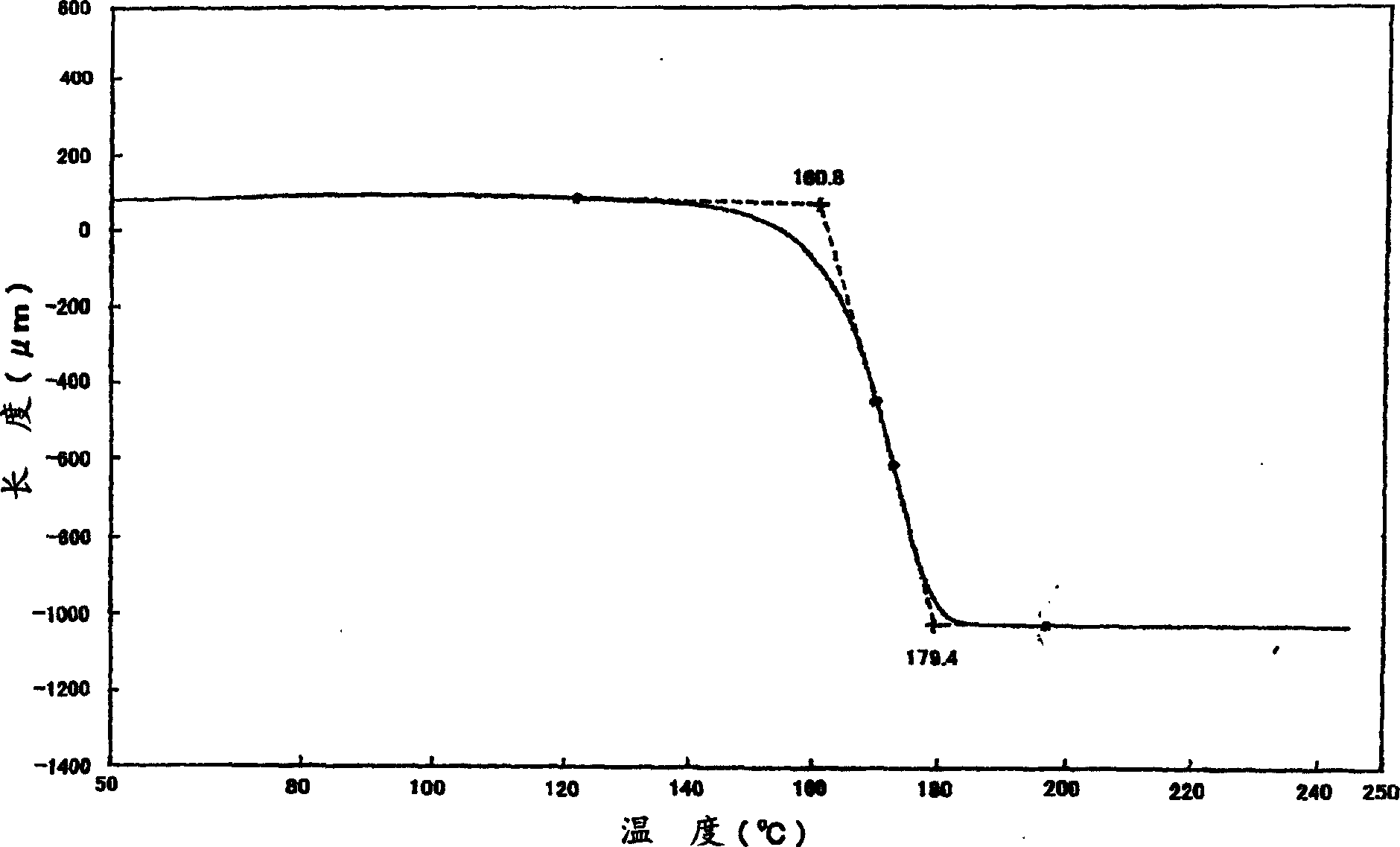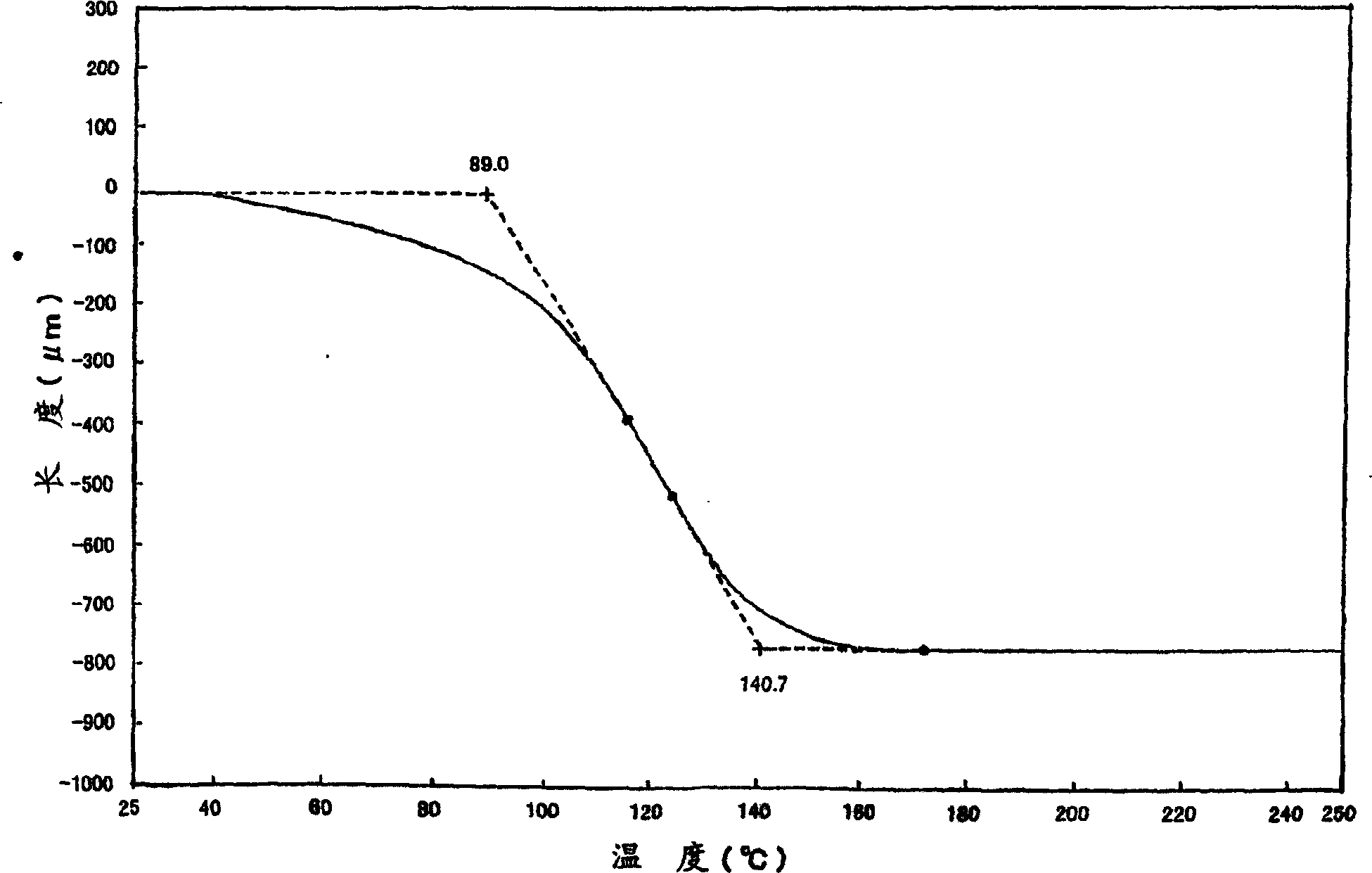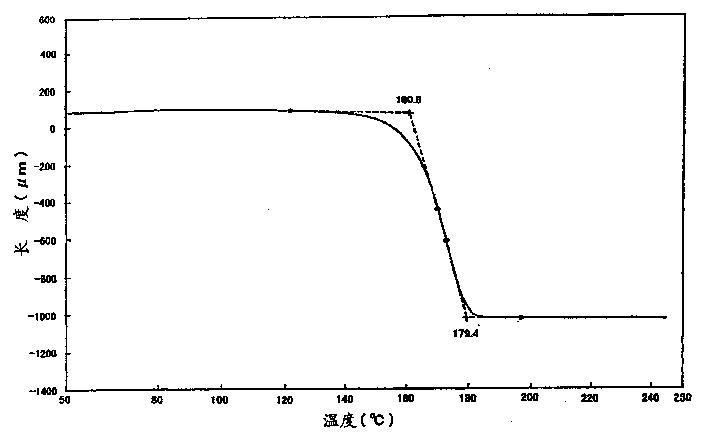Polyurethane resin based slush molding material
一种树脂、中空的技术,应用在行人/乘员安全布置、车辆安全安排、运输和包装等方向
- Summary
- Abstract
- Description
- Claims
- Application Information
AI Technical Summary
Problems solved by technology
Method used
Image
Examples
preparation example Construction
[0184] The manufacturing method of the instrument panel cover of the present invention may suitably include a step of thermally molding the aforementioned material, and a step of forming a tearing line for tearing on the molded material obtained in the previous step, wherein the tearing line will not be exposed. On the design side.
[0185] The above-mentioned heat molding step is not particularly limited, and a known method can be used. For example, it could also be the hollow molding method used in the conventional manufacture of instrument panel housings.
[0186] The above-mentioned step of forming the tear line is also not particularly limited, and a known method may be used. For example, laser processing, blade press processing, etc. are used to form tear lines on the back of the instrument panel.
[0187] This tear line will tear the shell material along the tear line when the airbag is inflated.
Embodiment
[0189] In the following, Preparation Examples and Examples are provided to explain the present invention in more detail, but the present invention is not limited to these Examples.
[0190] Among the raw materials in the following examples, polyol I is PBA with Mn of 1000, polyol II is PHIP with Mn of 900, and polyol III is polyethylene adipate with Mn of 2000. Stabilizer I is Irganox 1010, purchased from Ciba Fine Chemical Co., Ltd.; titanium dioxide is TipaqueR-820, purchased from Ishihara Industry (strain); Dispersant I is Sansparl PS-8, purchased from Sanyo Chemical Industry (strain); Amine I is MEK ketimine of HAD, ketimine II is MEK ketimine of hydrogenated MDA; ketimine III is MEK ketimine of isophorone diamine; disperser I is Ultradisperser , purchased from Yamato Scientific Co., Ltd.; Plasticizer I is CR741, purchased from Dahachi Chemical Co., Ltd. [Phosphate ester represented by general formula (5), wherein R is phenyl, q is 1, and R' is -ph-isopropylidene-ph-]; pl...
preparation example 1-8
[0192] Up solutions (Up1-Up8) were prepared according to the scheme in Table 1 below (parts by weight, expressed in parts in the table).
[0193] In a reaction vessel equipped with a thermometer, a stirrer and a nitrogen blowing pipe, polyols, low molecular weight diols and 1-octanol were charged, the air therein was exchanged with nitrogen, the resulting mixture was heated to 110° C., and stirred until melted. To this was then added the diisocyanate and the mixture was heated at 85°C for 6 hours to form an Up with NCO terminations. Then, Up was cooled to 60°C, and then THF, stabilizer and titanium dioxide (in Up7, DBA was added after cooling to 60°C) were uniformly mixed to form an Up solution. The NCO contents (% by weight, expressed in % in the table) of these Up solutions are shown in Table 1.
[0194] Preparation example
PUM
| Property | Measurement | Unit |
|---|---|---|
| particle diameter | aaaaa | aaaaa |
| glass transition temperature | aaaaa | aaaaa |
| diameter | aaaaa | aaaaa |
Abstract
Description
Claims
Application Information
 Login to View More
Login to View More - R&D
- Intellectual Property
- Life Sciences
- Materials
- Tech Scout
- Unparalleled Data Quality
- Higher Quality Content
- 60% Fewer Hallucinations
Browse by: Latest US Patents, China's latest patents, Technical Efficacy Thesaurus, Application Domain, Technology Topic, Popular Technical Reports.
© 2025 PatSnap. All rights reserved.Legal|Privacy policy|Modern Slavery Act Transparency Statement|Sitemap|About US| Contact US: help@patsnap.com



